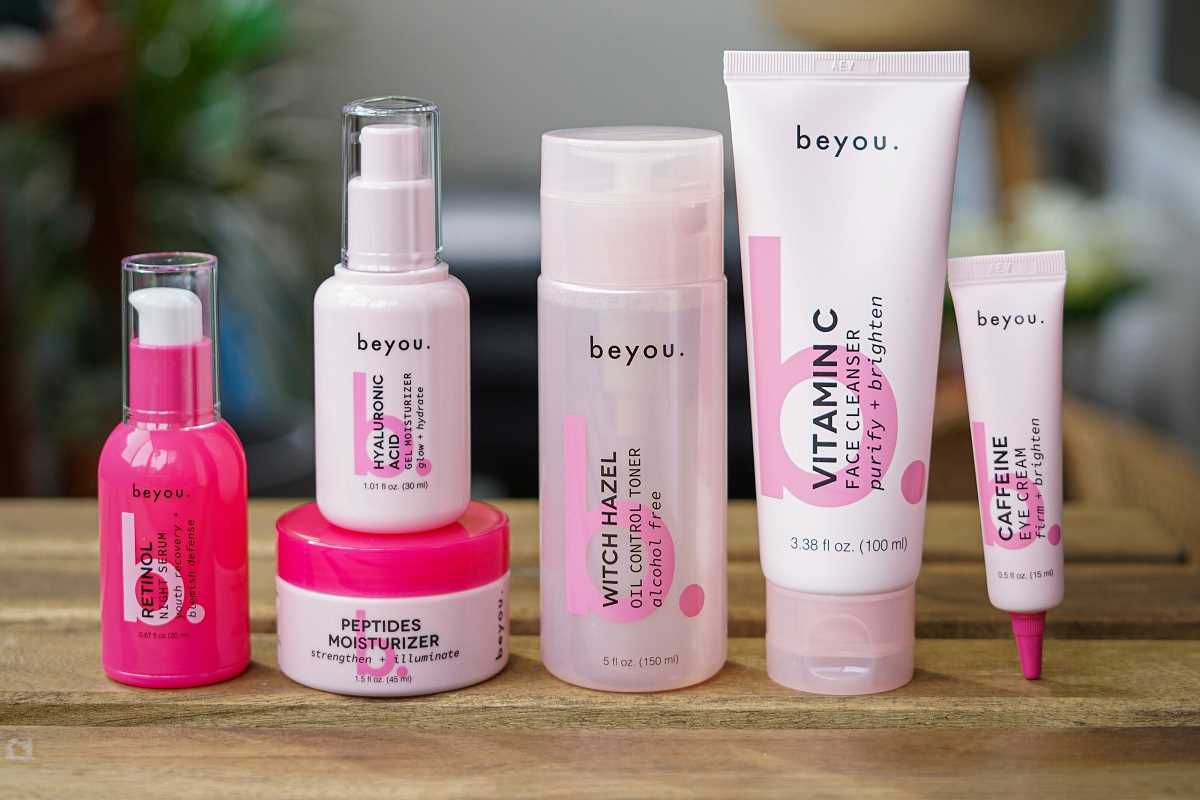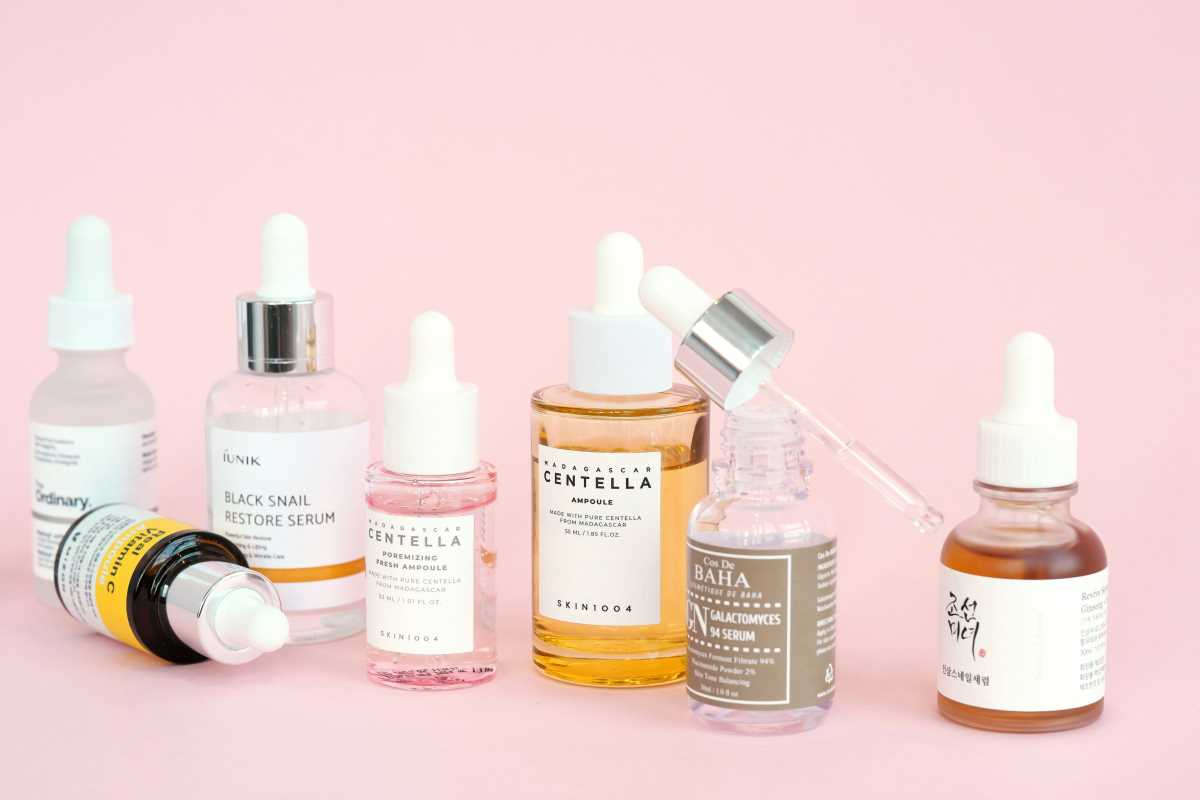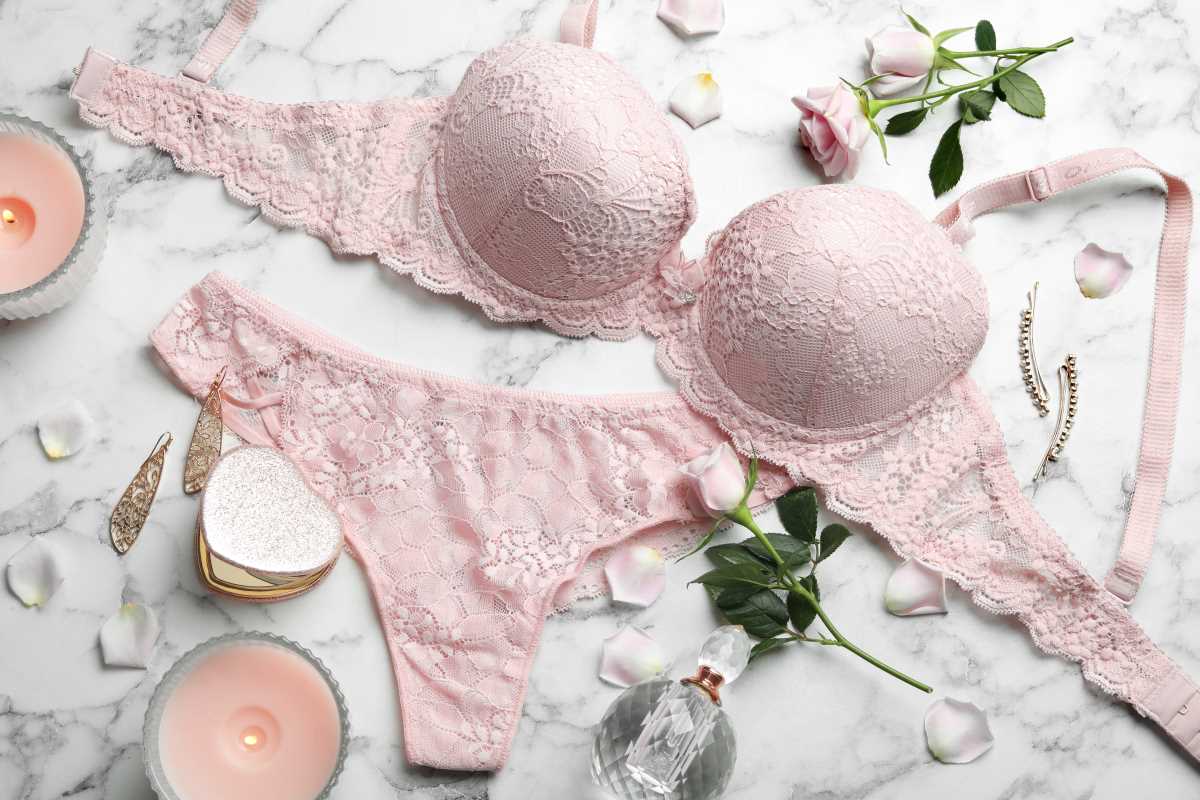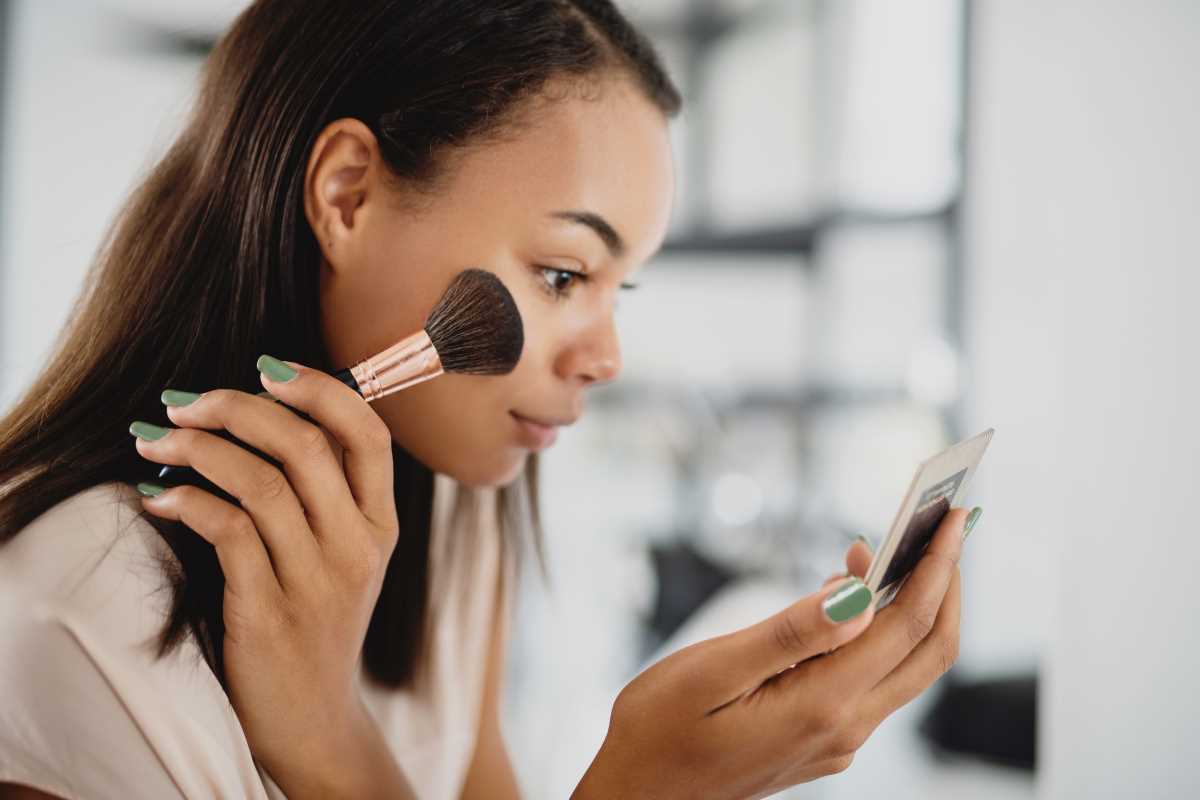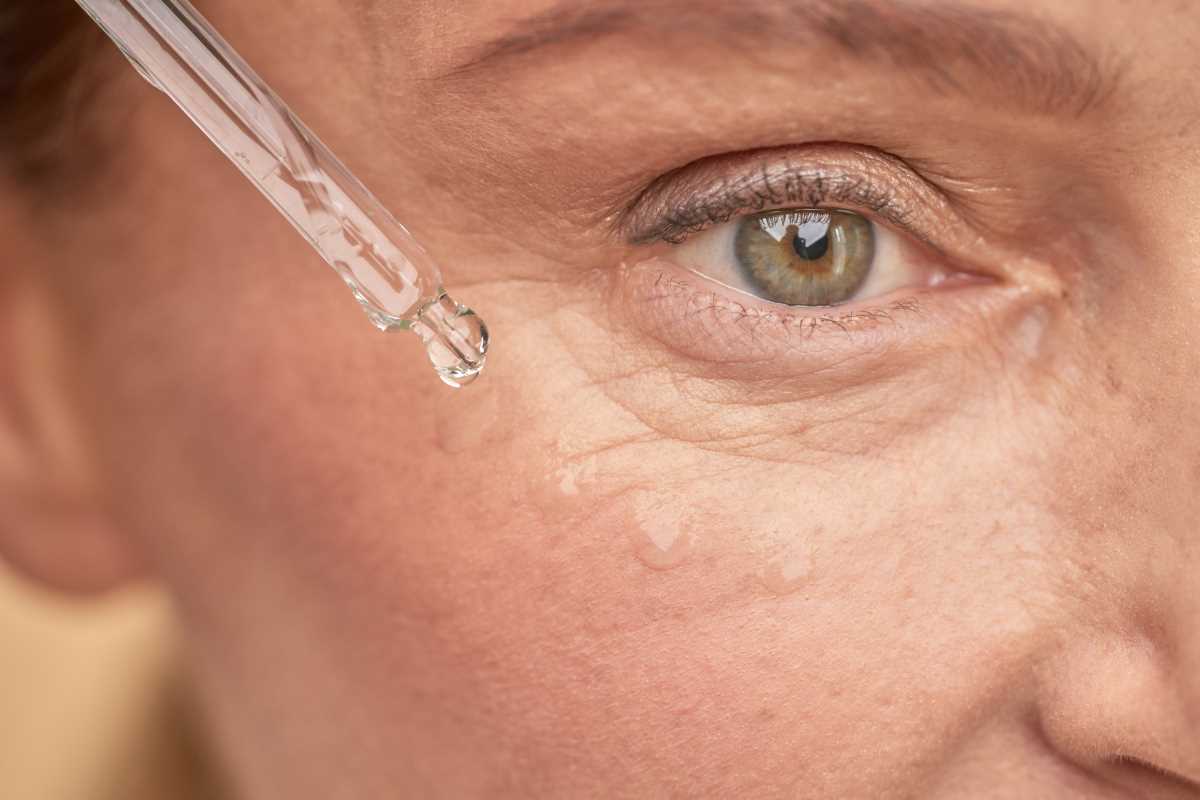Maintaining healthy and luscious hair is a common goal for many individuals. However, achieving this goal often involves more than just using the right products or following the latest trends in haircare.
Some habits, often performed without a second thought, can unknowingly cause harm to your hair over time. By being aware of these practices and making small adjustments to your routine, you can protect your locks and promote overall hair health. Let’s explore some everyday habits that could be secretly damaging your hair and how to address them.
Overwashing
Washing your hair too frequently might seem like a good way to keep it clean, but it can actually do more harm than good. Shampooing every day can strip your hair of its natural oils, which are essential for maintaining moisture and protecting your strands. Without these oils, your hair becomes dry, brittle, and prone to breakage.
Instead, aim to wash your hair only 2-3 times a week, or as needed based on your hair type. If your scalp feels greasy between washes, consider using a dry shampoo to absorb excess oil without drying out your hair.
Heat Styling
Heat styling tools, such as hair straighteners, curling irons, and blow dryers, are convenient for achieving polished, styled looks. However, frequent use of these tools can take a toll on your hair. The high temperatures can weaken the protein structure of your strands, leaving them brittle and more susceptible to breakage.
- To minimize damage, always use a heat protectant spray or serum before styling. Additionally, try to keep the temperature on your tools as low as possible while still achieving your desired results.
- Limiting heat styling to special occasions or a few times a week can also help preserve your hair's health.
Tight Hairstyles
Pulling your hair back into tight ponytails, braids, or buns might seem harmless, but these styles can create tension on your scalp and hair follicles. Over time, this stress can lead to breakage, thinning, and even a condition called traction alopecia, which causes hair loss. To protect your hair, opt for looser styles that don’t put excessive pressure on your scalp. If you need to wear your hair up, consider using soft, fabric-covered hair ties or scrunchies instead of elastics, which can tug on your hair. Alternating your hairstyles regularly can also prevent excessive strain on certain areas of your scalp.
Overbrushing
While brushing your hair is essential for detangling and distributing natural oils, overbrushing or brushing too aggressively can lead to damage.
Vigorous brushing can disrupt the outer layer of the hair cuticle, causing it to break and split. To avoid this, use a wide-tooth comb or a brush with soft bristles that are gentle on your hair.
Always start detangling from the ends and work your way up to the roots to minimize pulling and breakage. If your hair is wet, be especially cautious, as it is more fragile and prone to stretching and snapping. Consider using a detangling spray or conditioner to make the process smoother.
Chemical Treatments
Chemical treatments like coloring, bleaching, and perms can dramatically change your hair’s appearance, but they often come at a cost. These processes can weaken your hair’s structure, making it more vulnerable to dryness, breakage, and split ends.
- If you frequently color or chemically treat your hair, it’s essential to give it time to recover between sessions.
- Use deep-conditioning treatments or hair masks regularly to replenish moisture and restore strength.
- Opt for gentler, ammonia-free dyes or alternative styling methods when possible to reduce chemical exposure.
Ignoring Trims
It’s easy to skip hair trims, especially if you’re trying to grow your hair longer. However, neglecting regular trims can lead to split ends, which can travel up the hair shaft and cause further damage.
Split ends make your hair look frizzy, unhealthy, and uneven. Scheduling a trim every 6-8 weeks can help maintain your hair’s overall health by removing damaged ends. Regular trims also make your hair look thicker and fuller, even if you’re growing it out.
Poor Diet and Hydration
Your hair’s health isn’t just about external care—it’s also influenced by what you put into your body.
- A poor diet lacking essential nutrients can lead to dull, weak hair that breaks easily. Ensure your diet includes plenty of vitamins and minerals such as biotin, vitamin E, zinc, and omega-3 fatty acids, which are crucial for strong and shiny hair.
- Staying hydrated is equally important, as dehydration can leave your hair dry and prone to breakage.
- Drinking enough water and eating a balanced diet can significantly improve the health of your hair over time.
Using the Wrong Products
Using haircare products that don’t suit your hair type can lead to long-term damage. For instance, shampoos with harsh sulfates can strip your hair of its natural oils, while heavy conditioners can weigh down fine hair.
Choose products specifically designed for your hair type and concerns, whether it’s dryness, frizz, or color-treated hair. If you’re unsure about what’s best for your hair, consult a stylist or do a patch test before committing to new products.
By being mindful of these common habits, you can take proactive steps to protect your hair from unnecessary damage. Small changes, such as washing your hair less frequently, using heat protectants, or choosing looser hairstyles, can make a significant difference in maintaining strong, shiny, and healthy hair.
A consistent haircare routine, coupled with attention to diet and hydration, ensures that your locks remain vibrant and resilient for years to come. Protecting your hair starts with awareness, so make it a priority to care for your strands both inside and out.
 (Image via
(Image via
